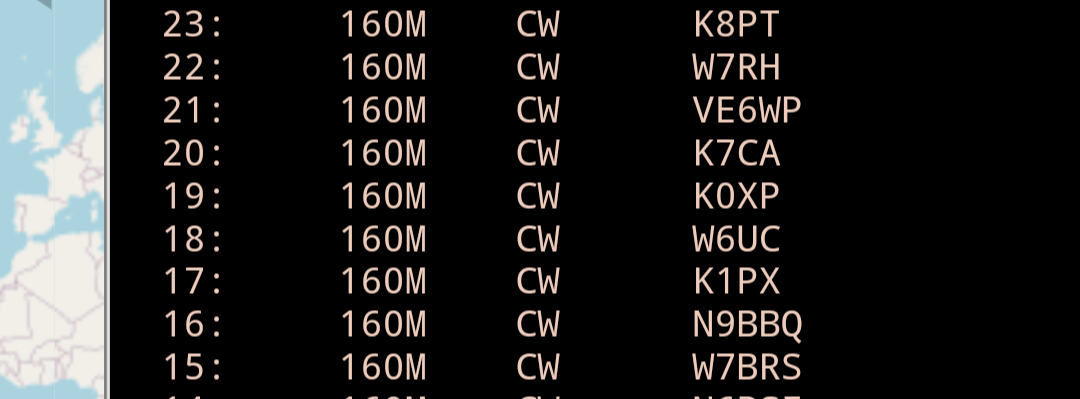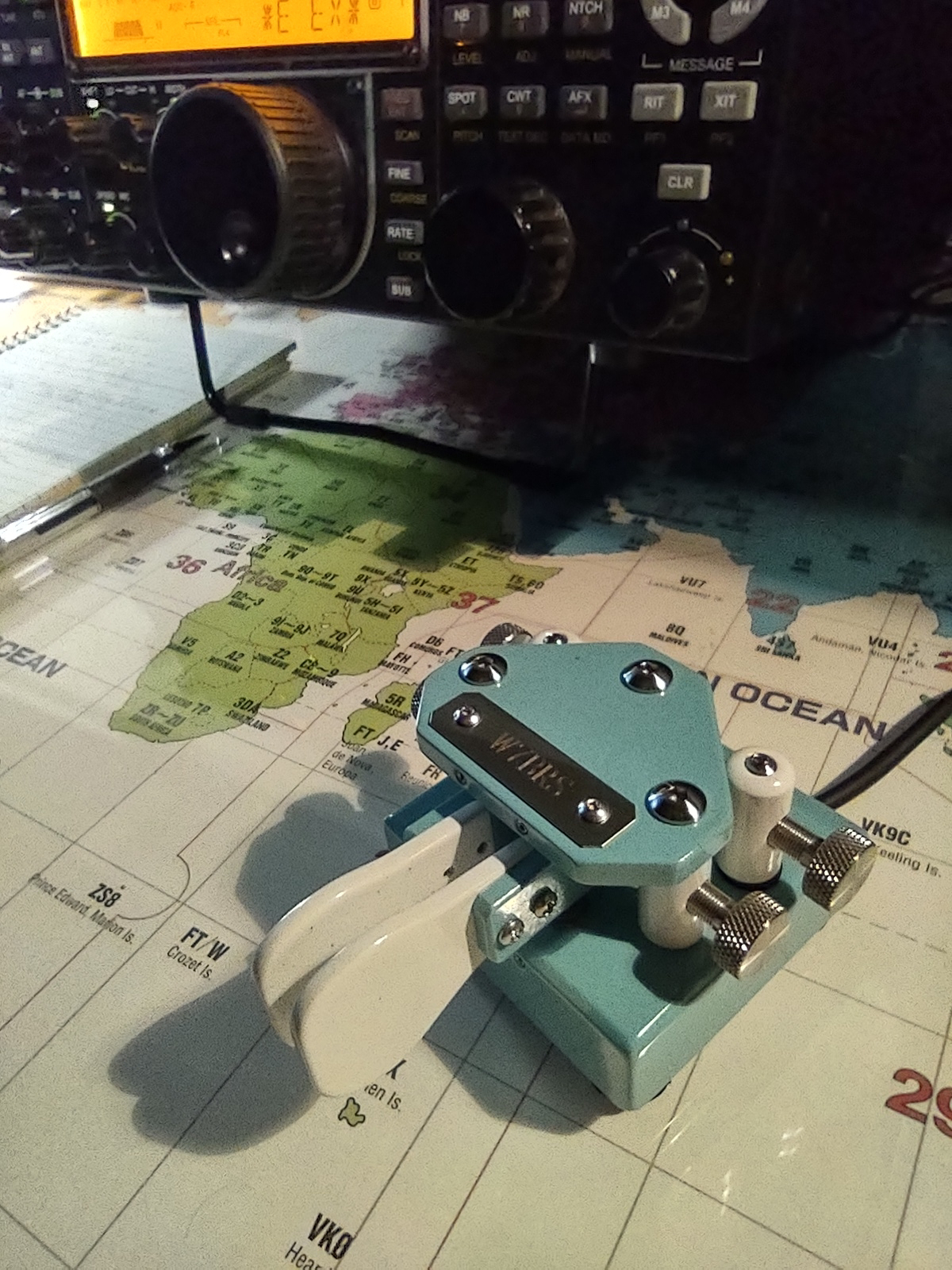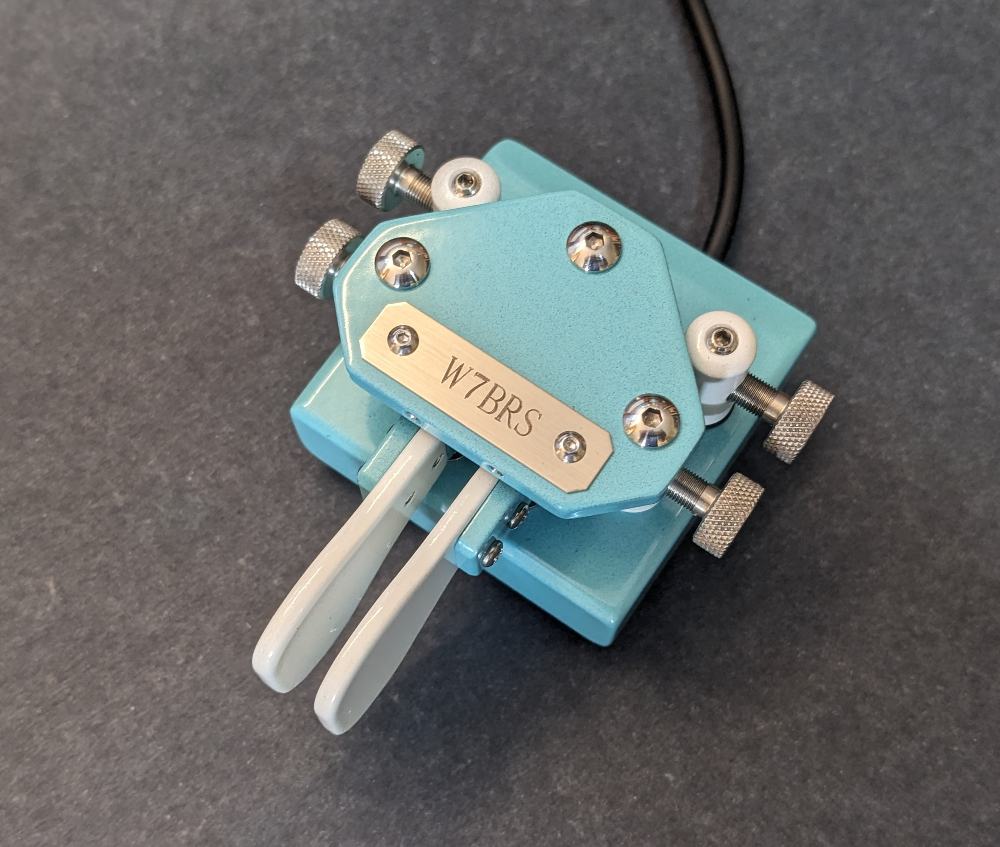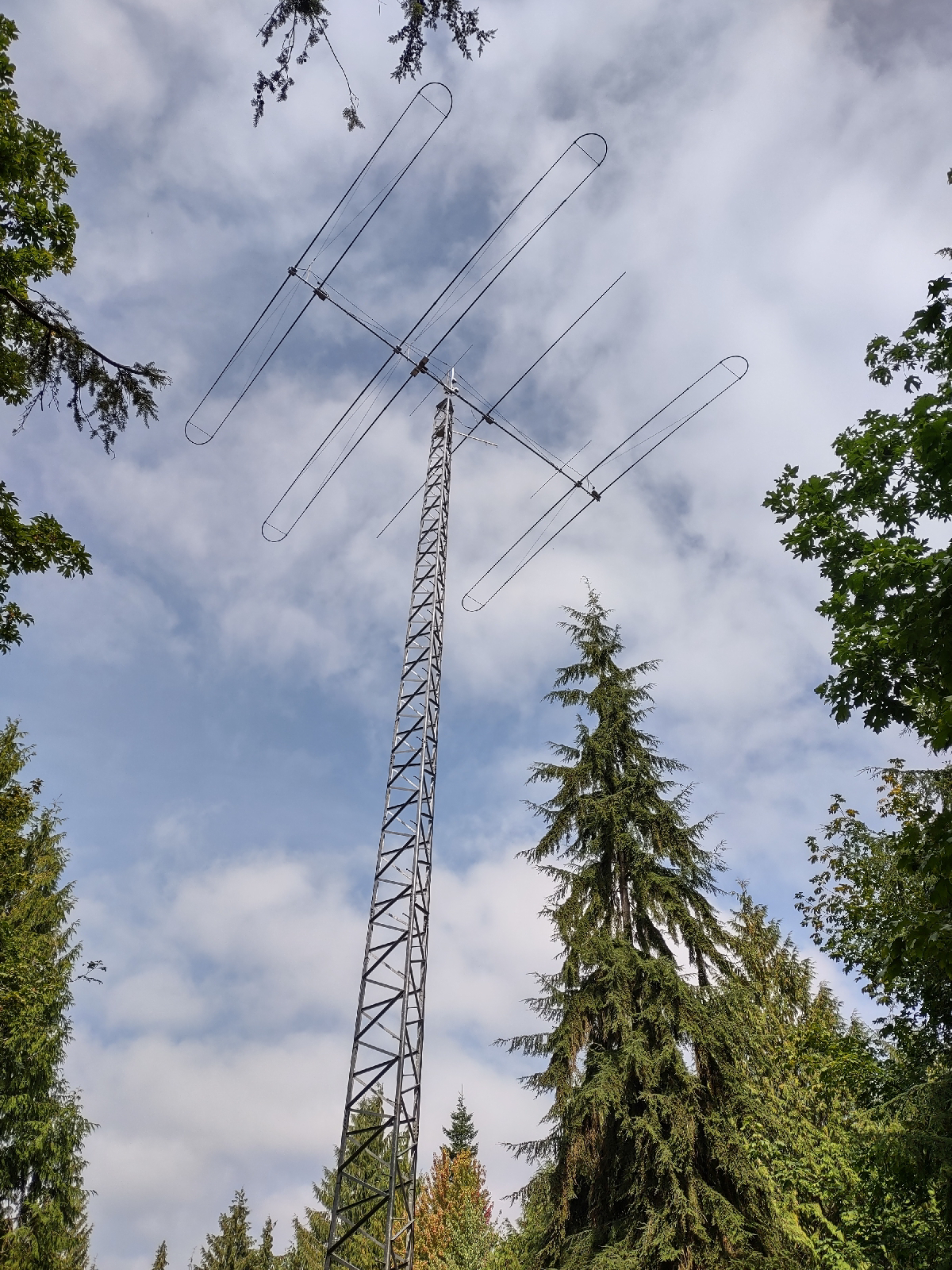Sunday, December 31, 2023
DX'pedition Antenna
Monday, December 4, 2023
2023 almost over
- I'll be attending Visalia again.
- I have an article that might appear in an up-coming issue of QST or On The Air -- they won't say which. But it was accepted for print (or maybe it won't actually get printed -- I don't know). The proceeds were already donated to NCDXF.
- I'll be trying to activate some islands in the Puget Sound region -- San Juan Islands probably.
- I'll be trying National Park / National Forest "On the Air" next year (when it warms up) -- likely in the Stehekin River Valley or some other place in Eastern Washington State.
- I'm going to try to visit more friends in the next year that are special to me in the ham radio community.
- I'm going to investigate some outings and recurring "coffee" meet-ups with my friends at Western Washington DX Club.
- And, I'm going to make myself available for going on a DX'pedition by socking away a nest-egg. A nest-egg that will sit there and be ready in case someone gives me a call to go!
- And, a whole lot more.
Thursday, November 30, 2023
The Trees
Tuesday, November 28, 2023
The NAANY
A maximum score is 260. You get a point for every combination of the last number followed by the first letter after that number in a call sign. So, W7BRS would count for 7B.
Monday, November 27, 2023
CQ WW CW Contest
Tuesday, November 21, 2023
Thanks
2 Hour Nap
Monday, November 20, 2023
Philately
UX5UO sent me another batch of cards I ordered.
Anyway, the package is plastered with Ukrainian postage stamps. I collect stamps.
The package is wonderful. Just look at the variety.
Some of them are under cellophane tape, but many are not. I can float them off and put them into the binder.
I opted to get the WWDXC cards for the Totem Award thing. (If you want one, just let me know).
Just Add Water
- Skills - North of 25 wpm.
- Time - At least 2-3 weeks and $5,000 - and more.
- Networking - Who leads teams, who decides, etc.
- Followership - Can take direction and follow it.
Sunday, November 19, 2023
Stats on H44WA
I've been manually collecting data on the number of QSO from H44WA. I will continue to grab the data manually. I reached out to ClubLog for an API surface to retrieve the Q-count but that is not available.
I ran the data through gnuplot and produce this. Linear regression (y = mx + b) to calculate roughly their trend. I could do curve fit to 3rd ( 4th order ?) maybe, but that would be over-doing it. It's not a day for that much math.
Should answer the 64,000 QSO Question. /hi hi/
Remote Radio
Thursday, November 16, 2023
H44WA and VDA's
My friends on the Solomon Islands operating H44WA are having a good time working the bands.
They have been operating now for about 24 hours (almost) and the Livestream results so far have been impressive.
Nearly 8,000 Q's in the first 24 hours and it's going well it seems.
I admit that what has been on my mind was the operation of 10 meters and 15 meters using the VDA's I put together for them. I had a good feeling that they would work since we tested them on the beach at Golden Gardens in Seattle (just a jaunt north of Shilshole Marina).
Justin, K5EM did a lot of work to optimize the lengths of the sections so that when it was assembled, the SWR was low and the radiation far-field pattern was lobed out in the direction of the Director Element (in the case where the Director was selected by way of jumper wire on the Parasitic Element).
Now that the Team is on H44WA, and I'm watching the spot-clusters I am glad to see reports of "Loud" in the comment section. It has a lot more to do with their power amplifiers than the antenna -- but nonetheless, the telemetry I got back from the Team privately was that the SWR was matched to nearly 1:1 which is great. In the modelling of the antenna the take-off angle was around 10-12 degrees too. These are special antennas - the VDA - and they are made to work near salt-water ground. There are no radials (necessary).
As the Team operates I am also trying to find the chance to work them on the other bands too. I was glad to have them in my log for 12 meters (worked off a VDA made in what we call the "French Design" -- which is a single fiberglass mast with a rhombus shaped wire driven element and parasitic element). That French Design is effectively "steerable" because there is only one mast and the DE/PE are always attached to the single mast.
The other VDA they are using is the 20 meter (Again, of the French Design). The VDA I gave them were for 15 meters and 10 meters -- and those are two element versions so they are not "steerable" -- the Parasitic Element is fixed to the ground as is the Driven Element. But the beam-width of the VDA in that design is at least 90 degrees so all one has to do is point it North from the shore of the beach and they can work easily both Asia and NA/EU fine short path. The hind-quarters of the pattern (VK/ZL and SA are another matter -- I think it will work but it won't have as much gain in the rear quarters).
While they are working on their operation, I'm back at the NEC2 software and optimizing the next generation of VDA that I will be making. Despite the protests I will still try to make the 30 meter version and also a 6 meter version. But the main set consists of 20m through 10m.
I look forward to the Team working 30m and 40m when I can hear them. At the moment, they are working mostly grey-line so I think that when the sun begins to set across NA I should have a shot to work them at the low bands.
Monday, November 13, 2023
That's just perfect
Thursday, November 9, 2023
Sand in my shoes
Saturday, November 4, 2023
Late Nite Antenna Fabrication
Monday, October 30, 2023
The CW
Sunday, October 22, 2023
Nice hat
Tuesday, October 3, 2023
Old Photo of the Electronics Store
Monday, October 2, 2023
Saturday, September 30, 2023
Long Island CW Club
Wednesday, September 20, 2023
Encoding MP3 for CW Practice
Pangram Audio Files
QSO Files
Monday, September 18, 2023
New Key
Sunday, September 17, 2023
Finished Salmon Run 2023
- We got to work K7TQ (Randy and Mike N7WA) on each of the counties they travelled -- many times on multiple bands. Fantastic!
- A lot of the WWDXC members were in the log too. N7SS -- we worked Dan I believe on all the bands 160-6. "7-Band-Dan" And for a lot of other members, we worked them on several bands during the contest. K5EM, WA6CPA, and a whole long list.
- The DX was great. 9N7AA was a good contact, and I believe we made contacts across all the continents except for Antarctica.
- The SAC provided a lot of good DX.
- Rusty and I chuckled at the spot-networks -- the Canadian provinces we really needed were skimming our signal routinely. But no VE6's or MT's to be found! Still we did reach into a VE2 late in the contest and that was great.
- About mid-way through the contest we re-mapped some of the Macro-keys to ask "QSY up?" essentially trying to get some contacts on 6m and 160m. It was fun when we'd get a bit of tracking on that.
- Our friend NN7SS also gave us some Q's -- and that was fun since the last time I heard NN7SS was when I was operating it for RSGB IOTA in July. Mark, K6UFO -- thanks for the QSOs!
SR goals
Making Qs
Near the end of Day 1 - Salmon Run
The Run for day 1 is almost over and we're doing great.
Far exceeded our 7-QP numbers for the first day of Salmon Run. Highlights were to use 160 meter antenna and also the 6 meter beam for the Salmon Run.
We managed to log way more DX than we needed -- we had the maximum countable DX within the first few hours.
The state count is still missing a couple and we're shy a handful of counties.
But we expect to round out those numbers tomorrow morning. As long as the CME that was expected to brush by doesn't make it too much trouble.
On the plus side, I got to work the station for most of the time and even ran the speed about 23 wpm for most of that time. And several calls I could copy without the check from Rusty, but I still relied on his ear. It was a team effort!
Practice is what this is.
A fun day!
Saturday, September 16, 2023
Salmon Run 2023
Friday, September 15, 2023
Mea Culpa
On the CW-Ops Groups page I made a mea-culpa saying that in effect I had been using decoders for some of my contesting -- when the speeds were 28+ , and that I had to come clean. I had already turned off the decoder, but the catharsis in the apology was important to me.
Monday, September 11, 2023
All good things
Saturday, September 9, 2023
This week has been one
No QSO, no Donut
On the very last day the cafe was open, they sold the special donuts -- one had to pre-order them. I got one of the last "Jam Filled&q...
-
How wonderful it is to get sand in my shoes putting up vertical antennas on the beach of a salt-water shoreline. That's where I was late...
-
I got a phone call from a friend who reminded me about the K1USN Slow-Speed-(con)Test K1USN SST This post started out as a reminder about th...
-
Glad to Have the Sky Loop "Pentabus" Up After some tramping through the forest with a flashlight, field soldering, and assorted co...























